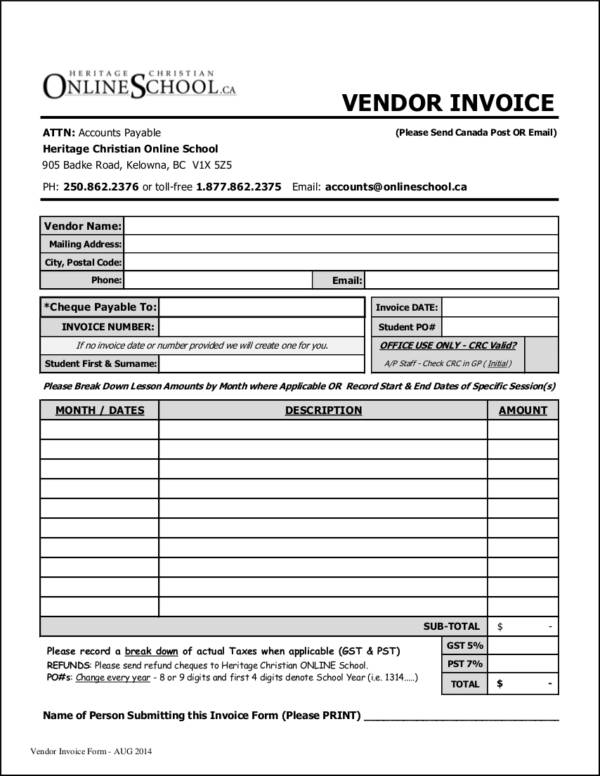

Receipts are provided to customers by the business from which they made a purchase. Invoice vs ReceiptĪ receipt indicates receipt of payment (makes sense, right?). Businesses who receive POs use the information provided to create an invoice. They are used by financial departments to manage payments to suppliers, track order status and clarify items. POs are typically sent after an estimate, but before an invoice. It includes the tasks or items, quantities, prices, and other terms and conditions. Using ZipBooks, customers can mark estimates as accepted and then business owners can automatically convert those estimates to invoices.Ĭustomer view: Invoicer view: Invoice vs Purchase OrderĪ purchase order (PO) is a document that indicates what is being purchased by your customer. If you’re using digital invoicing software, you’ll probably create estimates and invoices in the same way (which explains the confusion). Estimates can also be called “bids” or “quotes.”Ĭustomers may request an estimate before completing a purchase order so they can check your pricing. Invoice vs EstimateĪn estimate is a proposal of services or sales. Because invoices are a business communication tool, it’s critical to know the difference between each document and to know how they function in the purchasing process. Invoices are commonly confused with estimates, purchase orders, and receipts. Most modern-day businesses use an online invoicing tool to send invoices and receive digital payment from customers. Invoices include important details like what goods or services were provided, how much money is owed by the client and the terms of payment.

Invoices may also be called “bills,” “statements,” or “sales invoices.” What are the invoicing best practices for getting paid faster?Īn invoice is a business document detailing a transaction and requesting a payment.What details do I need to include in an invoice?.What are the most common types of invoices?.Here’s everything you need to know about creating an invoice:


 0 kommentar(er)
0 kommentar(er)
